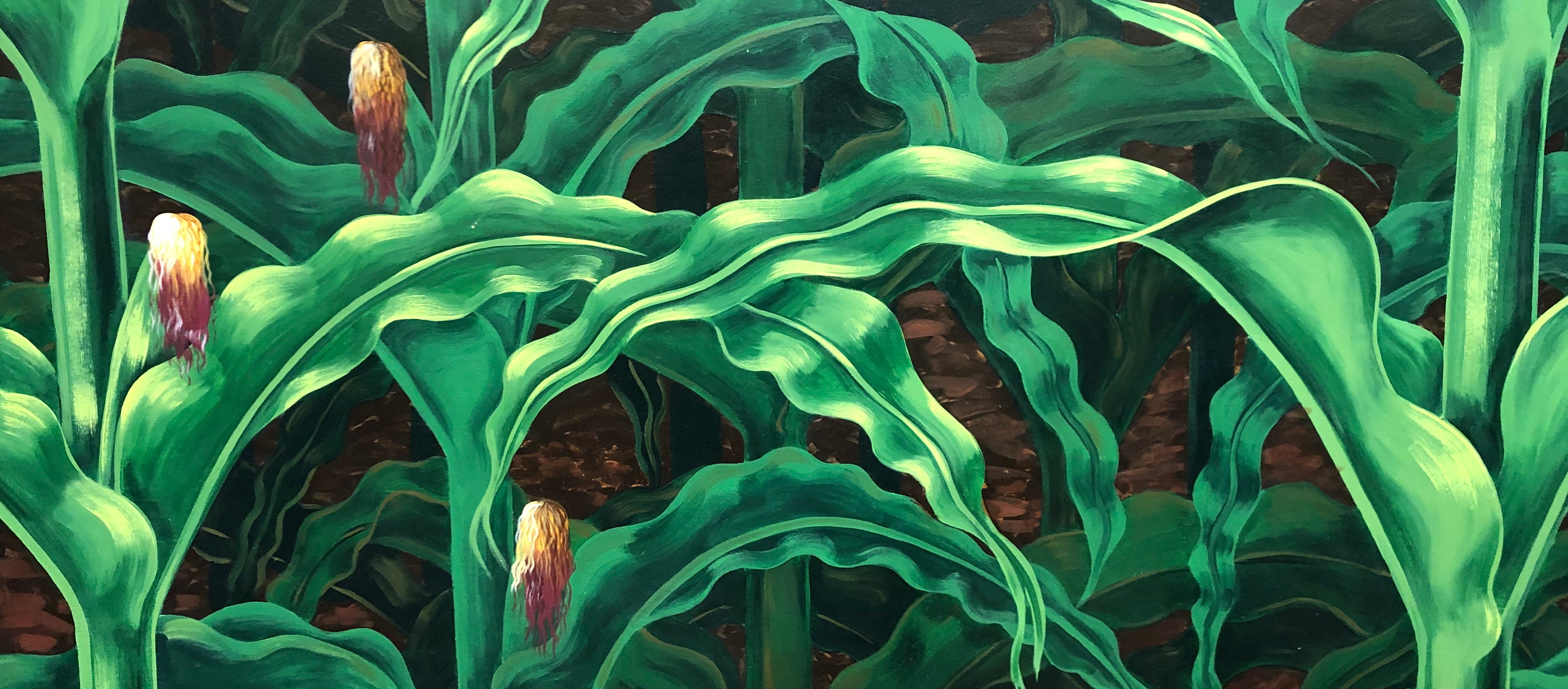 If you want to see a Carolina Parakeet, you will need to visit one of the natural history museums with a taxidermy specimen. The last pair of Carolina Parakeets lived in a cage at the Cincinnati Zoo. The male was named “Inca” and the female was “Lady Jane”. On this day, February 21st, 1918, “Inca” passed away, making America’s only native parakeet extinct. Interestingly, the last two parakeets were also cage-mates with “Martha” the last passenger pigeon.
If you want to see a Carolina Parakeet, you will need to visit one of the natural history museums with a taxidermy specimen. The last pair of Carolina Parakeets lived in a cage at the Cincinnati Zoo. The male was named “Inca” and the female was “Lady Jane”. On this day, February 21st, 1918, “Inca” passed away, making America’s only native parakeet extinct. Interestingly, the last two parakeets were also cage-mates with “Martha” the last passenger pigeon.
The parakeets were sociable, caring birds who would gather in large, noisy flocks. If one bird was in danger, the others wouldn’t fly away. They would hang around to be with the bird in danger. This made it easy for hunters to kill hundreds at a time, if they enjoyed the “sport” of it. The birds just wouldn’t leave their brothers and sisters behind.
The brightly colored feathers were much sought after to make women’s hats, which were popular at the time. But that was only one issue in the bird’s extinction. It was habitat destruction, diseases from domestic chicken, a European honey bee which would occupy hollowed out trees, the natural home of the parakeets and a host of other issues. Their habitat stretched from New York to Florida all the way west to Texas and South Dakota. We humans directly and indirectly destroyed them.
They weren’t an obnoxious bird. Some farmers actually liked the hungry birds since they consumed large quantities of sandspurs, cockleburs and thistles. Their extinction was not out of intent, like with the American Bison. It was more carelessness and thoughtlessness that stems from the self-centered pursuit of individual short-term self-interest in aggregate. Though today is the anniversary of the loss of this beautiful bird, every day marks the regrettable loss new species at our hands.























